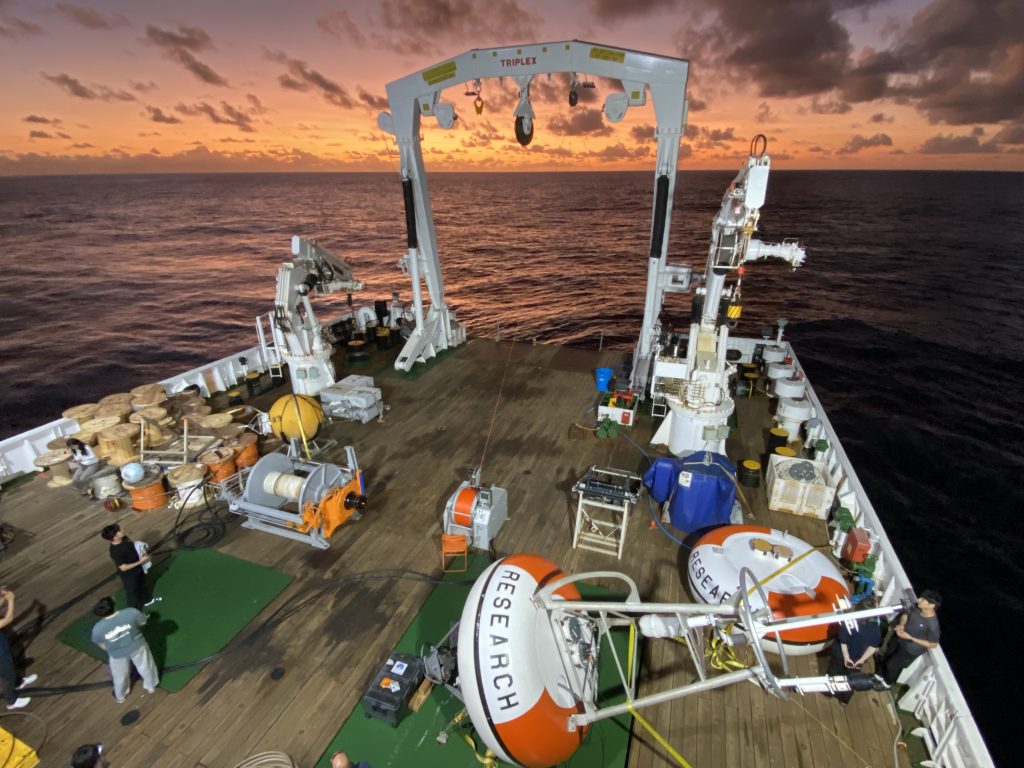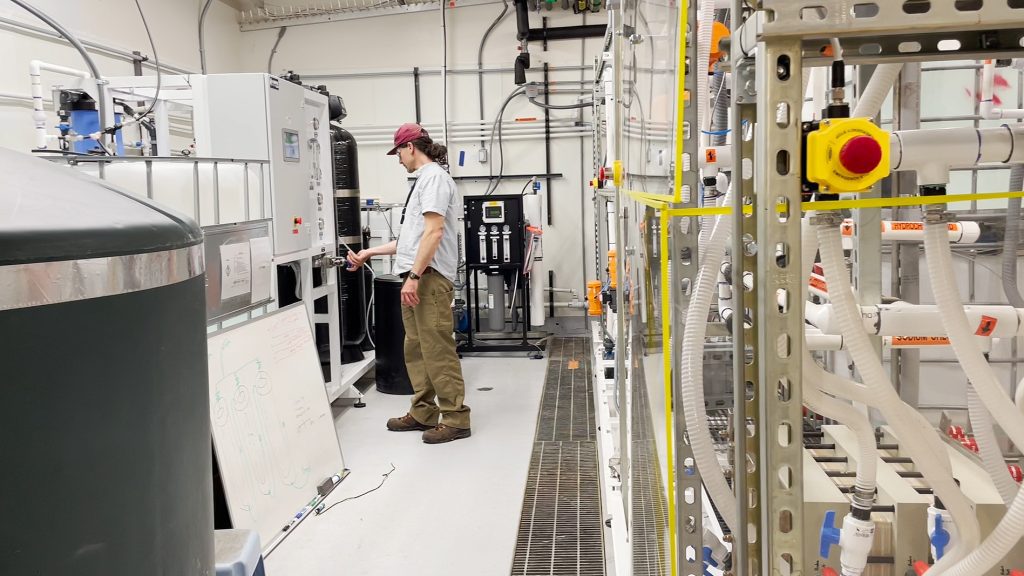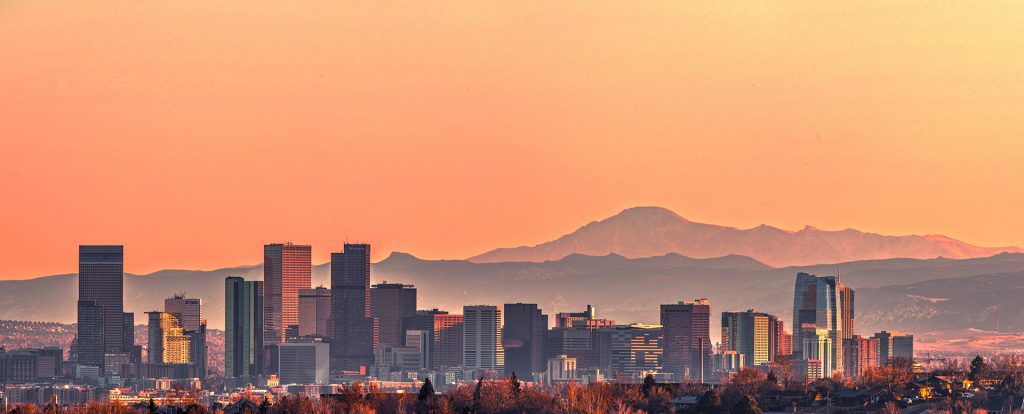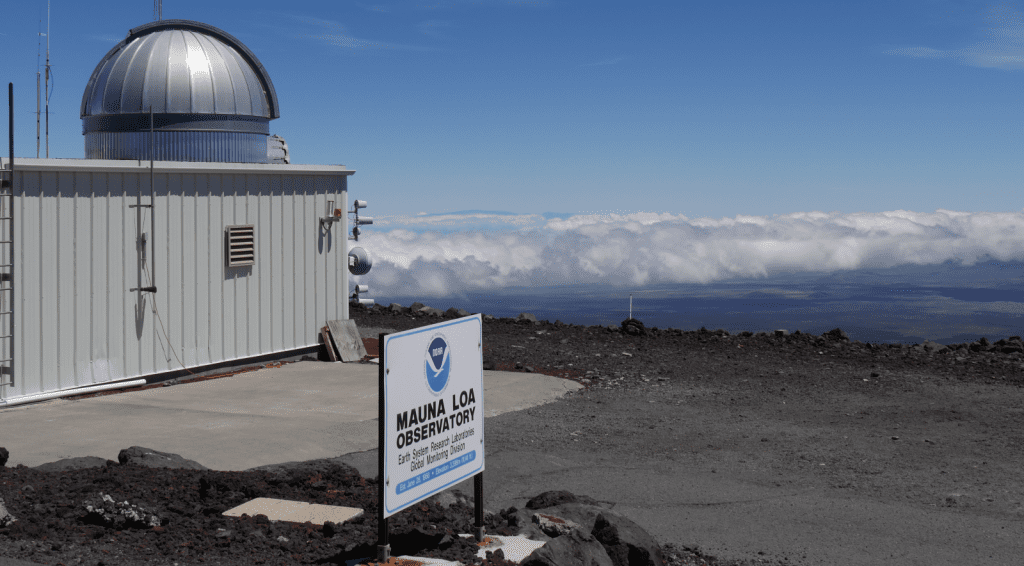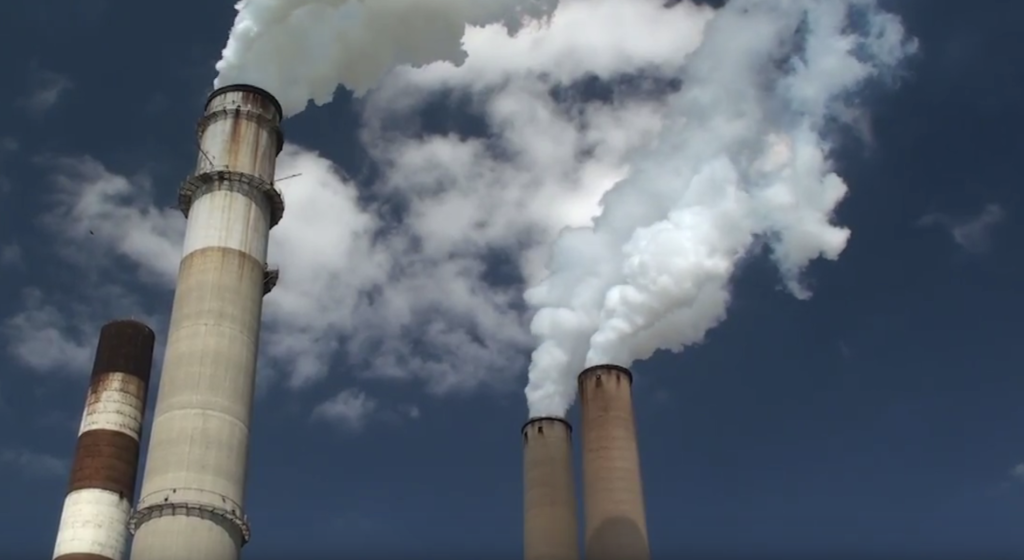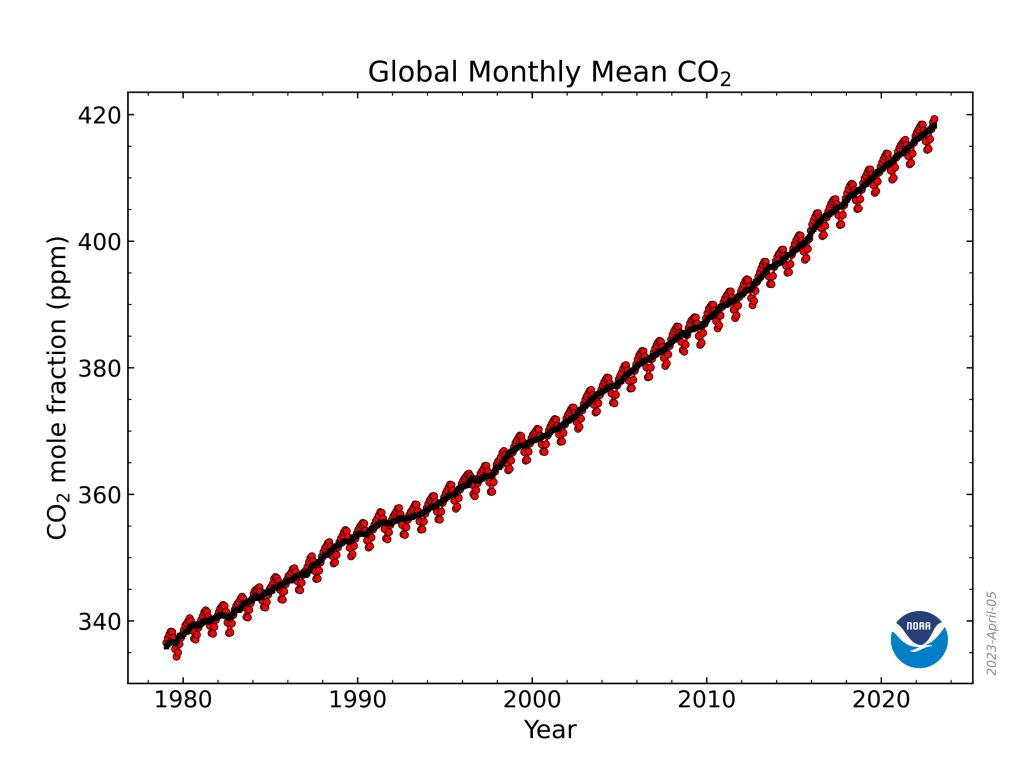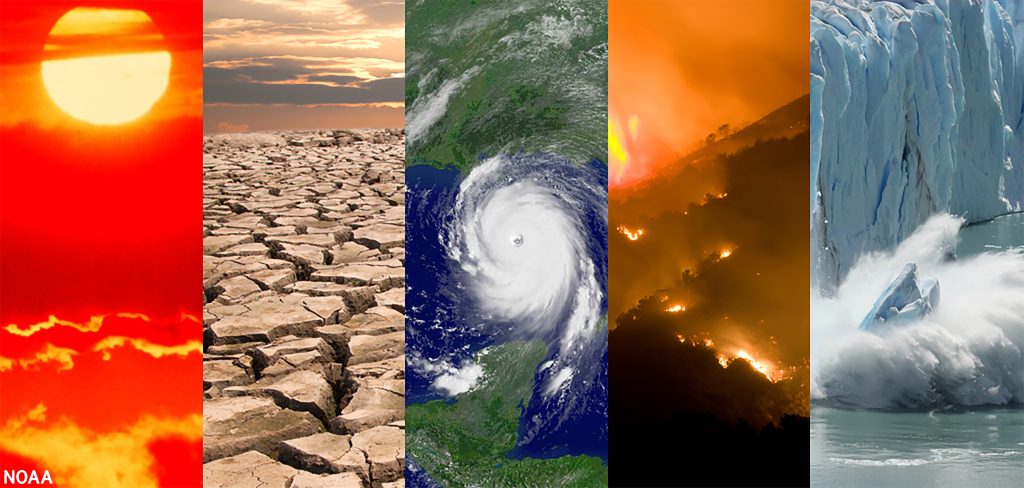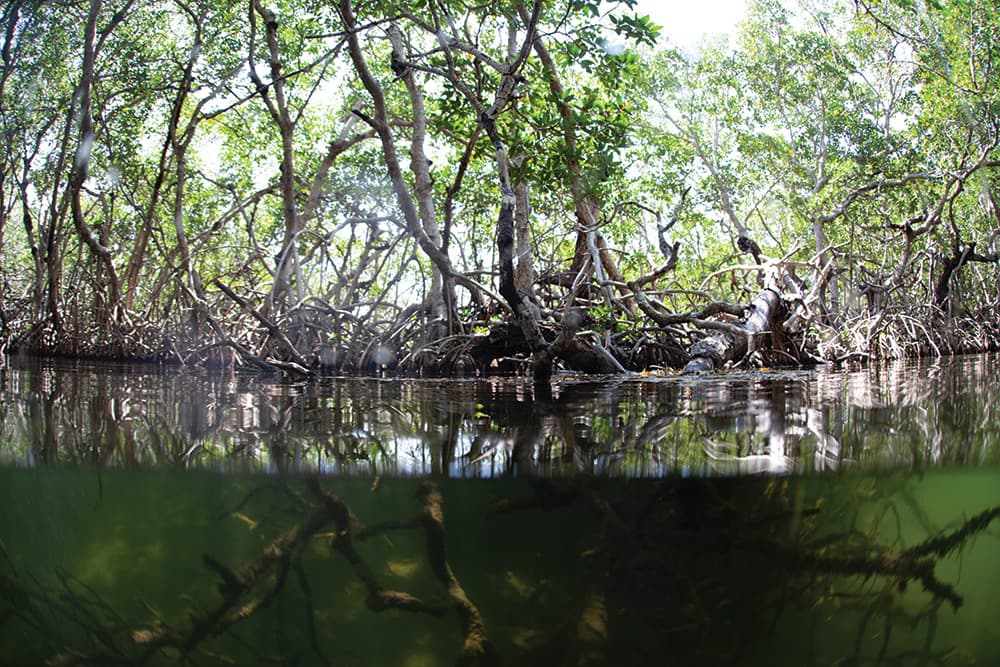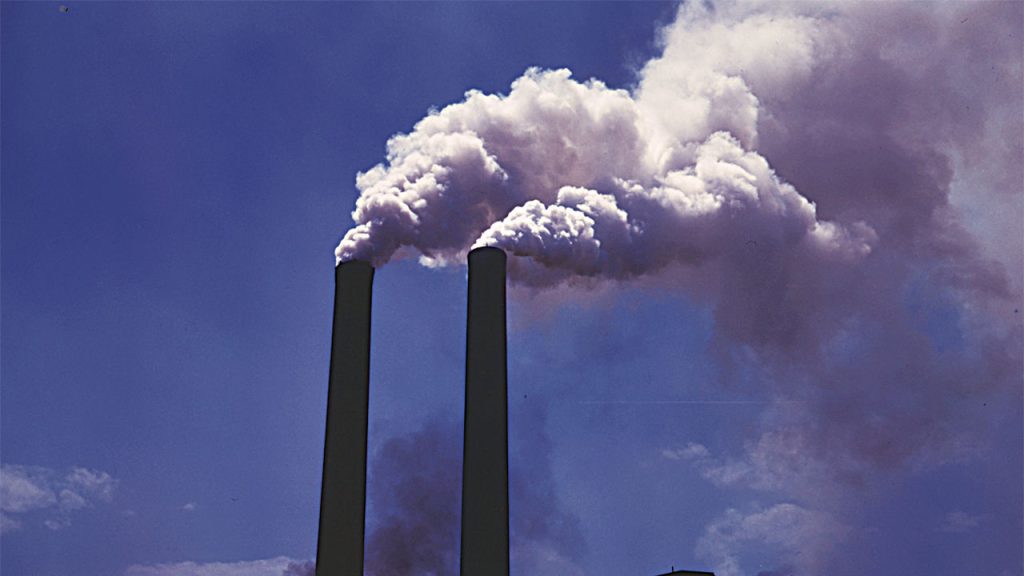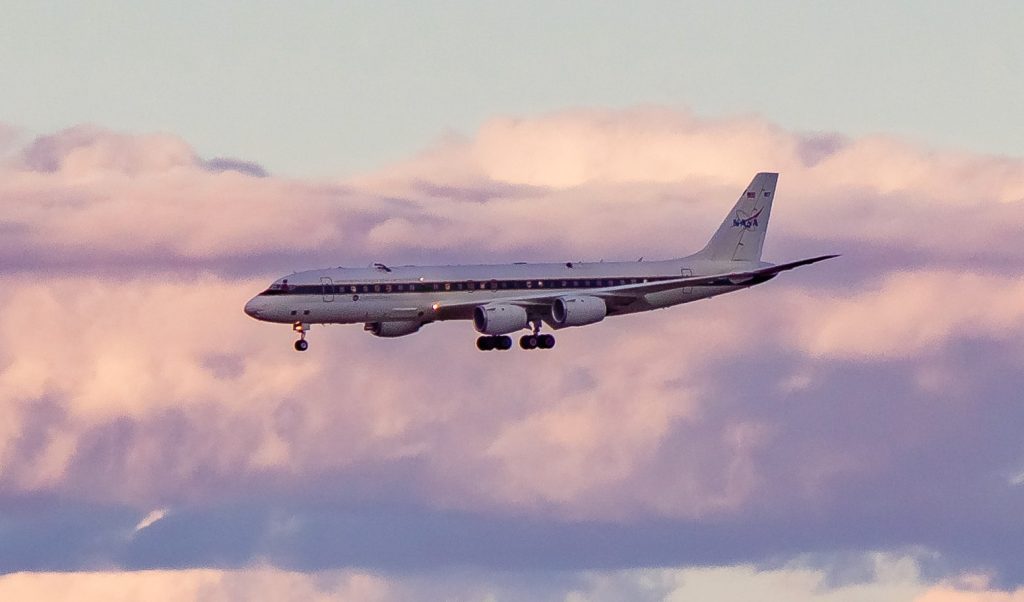Record carbon dioxide emissions impeding progress on meeting climate goals
NOAA data and models help scientists track the global carbon cycle Greenhouse gas emissions from fossil fuels are projected to reach a record 36.8 billion […]
Record carbon dioxide emissions impeding progress on meeting climate goals Read More >
